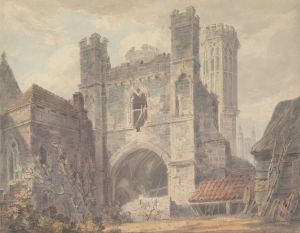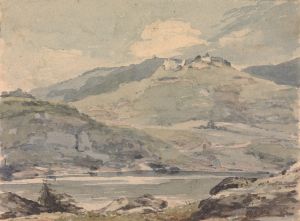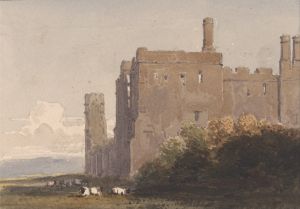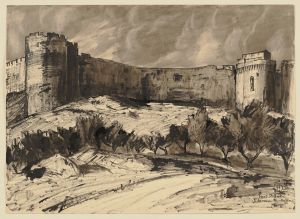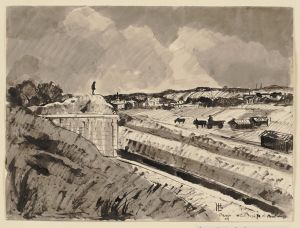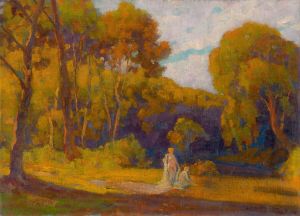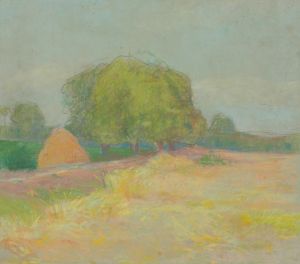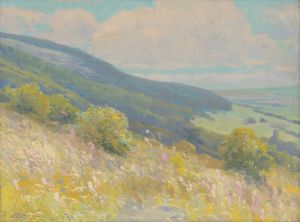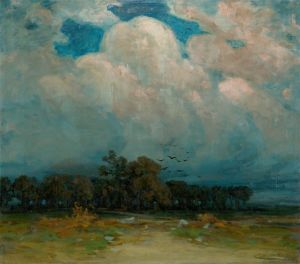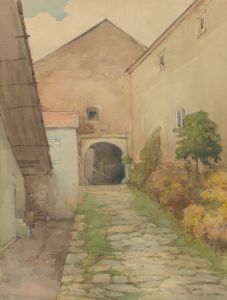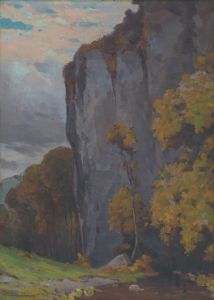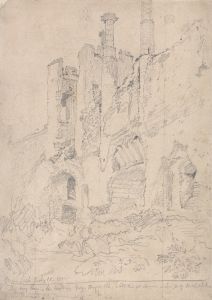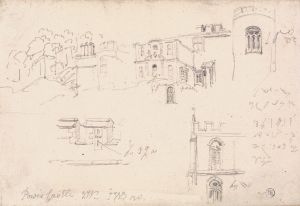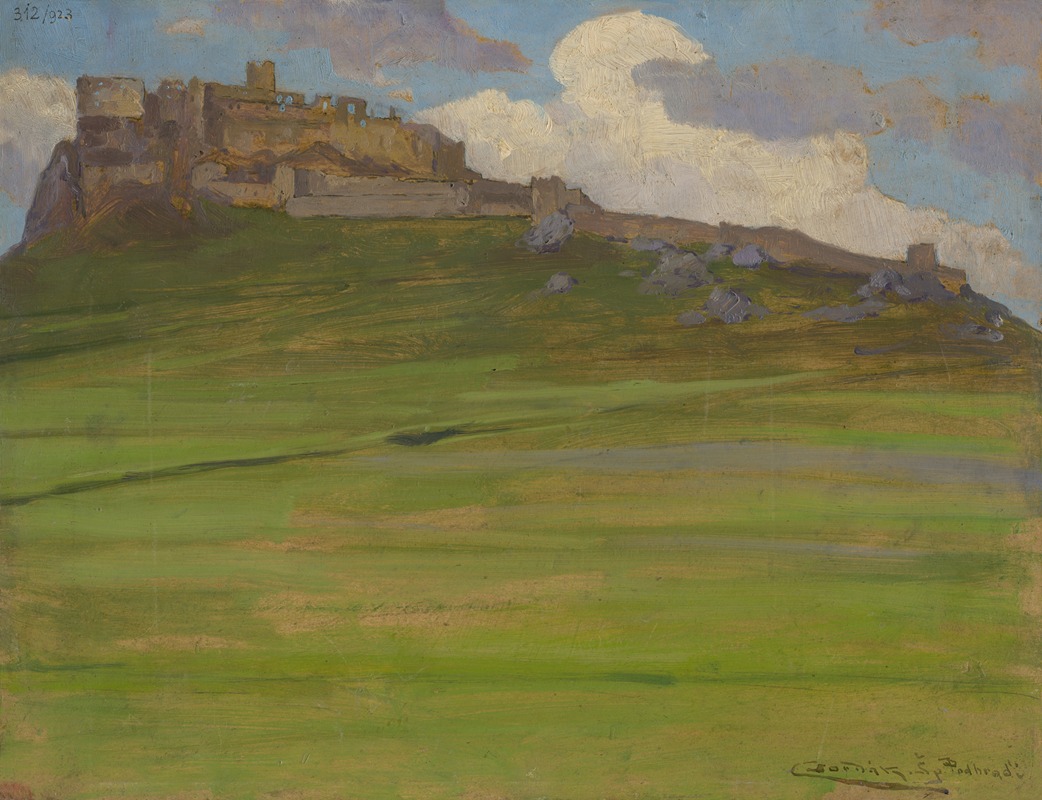
Spišský hrad
A hand-painted replica of Ľudovít Čordák’s masterpiece Spišský hrad, meticulously crafted by professional artists to capture the true essence of the original. Each piece is created with museum-quality canvas and rare mineral pigments, carefully painted by experienced artists with delicate brushstrokes and rich, layered colors to perfectly recreate the texture of the original artwork. Unlike machine-printed reproductions, this hand-painted version brings the painting to life, infused with the artist’s emotions and skill in every stroke. Whether for personal collection or home decoration, it instantly elevates the artistic atmosphere of any space.
Spišský hrad by Ľudovít Čordák is a notable painting that captures the grandeur and historical significance of Spiš Castle, one of the largest castle sites in Central Europe. Ľudovít Čordák, a Slovak painter known for his landscape and architectural works, created this piece to depict the majestic ruins of the castle, which is situated in present-day Slovakia.
Spiš Castle, or Spišský hrad in Slovak, is a UNESCO World Heritage Site and a symbol of Slovak national heritage. The castle's history dates back to the 12th century when it was constructed as a part of the Kingdom of Hungary. Over the centuries, it underwent several expansions and renovations, reflecting various architectural styles, including Romanesque, Gothic, and Renaissance. The castle played a crucial role in the region's defense and administration, serving as a political, economic, and cultural center.
Ľudovít Čordák, born in 1864 in Slovakia, was an artist who contributed significantly to Slovak art in the late 19th and early 20th centuries. He studied at the Academy of Fine Arts in Munich, which was a prominent center for art education at the time. Čordák's work often focused on capturing the essence of Slovak landscapes and historical architecture, and his painting of Spiš Castle is a testament to his dedication to portraying national landmarks.
The painting Spišský hrad by Ľudovít Čordák is celebrated for its detailed representation of the castle's ruins, set against the backdrop of the surrounding landscape. The artist's use of color and light highlights the castle's imposing structure and its integration into the natural environment. This work not only showcases Čordák's technical skill but also his ability to evoke a sense of history and nostalgia.
Spiš Castle itself has a rich history, having been owned by various noble families and serving different purposes throughout the centuries. It was a royal castle, a seat of the Spiš County, and later a private residence. The castle complex includes several buildings, such as a Romanesque palace, a Gothic chapel, and a Renaissance bastion, each adding to the site's architectural diversity.
In the 18th century, the castle was abandoned and fell into disrepair, leading to its current state as a picturesque ruin. Despite this, it remains a popular tourist destination and an important cultural monument. Efforts have been made to preserve the site, and it continues to be a subject of interest for historians, archaeologists, and artists alike.
Ľudovít Čordák's painting of Spiš Castle captures not only the physical attributes of the site but also its historical and cultural significance. Through his work, viewers are invited to appreciate the beauty and complexity of Slovak heritage. The painting serves as a reminder of the enduring legacy of Spiš Castle and its place in the history of Slovakia.
In summary, Spišský hrad by Ľudovít Čordák is a significant artistic representation of one of Slovakia's most important historical sites. The painting reflects the artist's skill and his dedication to capturing the essence of Slovak cultural landmarks. Through this work, Ľudovít Čordák has contributed to the preservation and appreciation of Slovak history and architecture.





